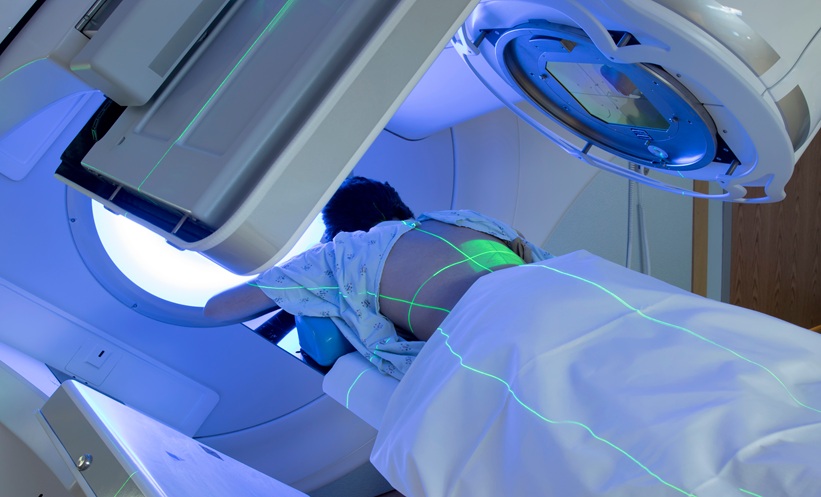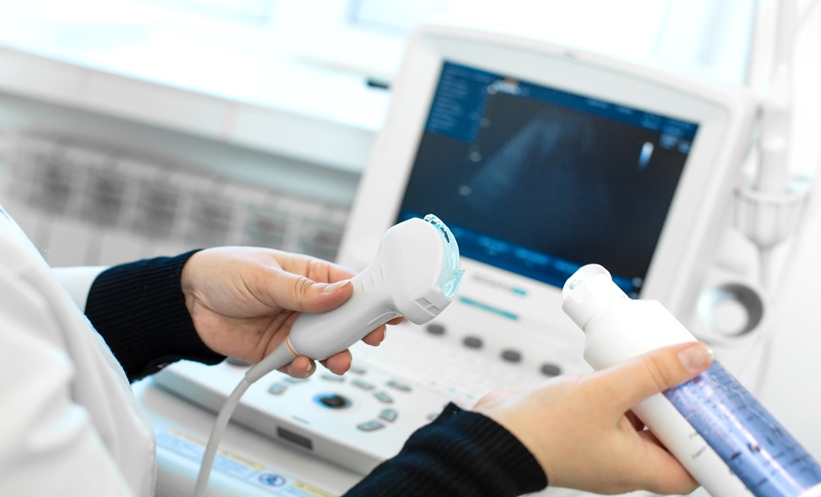Laser treatment of bladder outlet obstruction related to benign hyperplasia has gained wide acceptance during the last decade. The thulium:yttrium aluminium garnet laser (Tm:YAG) has been successfully used for treatment of the above condition with several studies demonstrating its safety and efficacy.1,2 Since the introduction of the thulium laser, the available energy in thulium laser systems has been raised from 70W to 120W and finally to 150W.
Recently, a 200W high power Tm:YAG laser, the Revolix 200 (Lisa laser products OHG, Katlenburg-Lindau, Germany) became available. This study aimed to evaluate the safety and feasibility of 200W high power Tm:YAG laser prostatectomy and to present the early postoperative outcomes of the approach. In addition, a specific technique based on the combination of enucleation of the middle lobe and vaporesection of the adenoma was performed. In short, the middle lobe of the prostate is enucleated without being completely released to the bladder. The middle lobe and the lateral lobes are then vaporised and resected simultaneously.3
Nineteen patients underwent the aforementioned technique. Patients with a prostate volume >40 mL and a lack of detrusor underactivity on preoperative urodynamic evaluation were included. A follow-up evaluation at 3 months was available for all patients. The mean laser time duration was 32.5 minutes, serum sodium levels were not significantly reduced, and the mean haemoglobin drop was 0.71 g/dL (range 0–1.7). Transfusion was deemed necessary in one case and another patient developed transient fever. The majority of the patients were catheter free (n=14) on postoperative Day 1. A catheter was re-inserted in one patient. Re-interventions were not necessary in the 3 months of follow-up. Mean hospitalisation time was 1.95 days. During the follow-up period reduction of the mean International Prostate Symptom Score was seen in 62.8% of the patients and improvement of mean maximum urinary flow rate was noted in 58%. All but one patient reported favourable changes in their quality of life. Mild dysuria was present in 58% of patients. No cases of postoperative incontinence, urethral strictures, or significant post-voided residual urine volume were documented.
Despite the lack of a comparative group, the above results were promising and comparable to the literature.1,2 The safety of the technique was clear. Significant complications or re-interventions did not occur. The recorded operative times suggest a high efficiency of the 200W vaporesection. Any advantages or disadvantages of the 200W Tm:YAG vaporesection would be elucidated with appropriate comparative studies. It should be noted that a randomised trial comparing the Tm:YAG laser prostatectomy to the transurethral resection of the prostate is ongoing at our institution. The current results represent a preliminary study and represent the learning curve of the surgeon who is performing the treatments in the aforementioned trial. Thus, improved surgical and clinical outcome could be expected.








